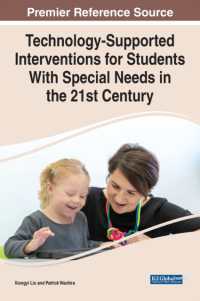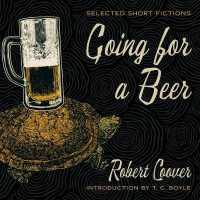Full Description
This volume explores the linguistic expression of modality in natural language from a cross-linguistic perspective. Modal expressions provide the basic tools that allow us to dissociate what we say from what is actually going on, allowing us to talk about what might happen or might have happened, as well as what is required, desirable, or permitted.
Chapters in the book demonstrate that modality involves many more syntactic categories and levels of syntactic structure than traditionally assumed. The volume distinguishes between three types of modality: 'low modality', which concerns modal interpretations associated with the verbal and nominal cartographies in syntax; 'middle modality', or modal interpretation associated with the syntactic cartography internal to the clause; and 'high modality', relating to the left periphery. It combines cross-linguistic discussions of the more widely studied sources of modality with analyses of novel or unexpected sources, and shows how the meanings associated with the three types of modality are realized across a wide range of languages.
Contents
1: Ana Arregui, María Luisa Rivero, and Andrés Salanova: Introduction
Part I: Low Modality
2: Luis Alonso-Ovalle and Paula Menéndez-Benito: Epistemic indefinites: On the content and distribution of the epistemic component
3: Luis Alonso-Ovalle and Junko Shimoyama: Modal indefinites: Where do Japanese wh-kas fit in?
4: Ilaria Frana: Modality in the nominal domain: The case of adnominal conditionals
5: David-Étienne Bouchard: The non-modality of opinion verbs
6: Fabienne Martin and Florian Schäfer: Sublexical modality in defeasible causative verbs
7: Aynat Rubinstein: Straddling the line between attitude verbs and necessity modals
8: Igor Yanovich: May under verbs of hoping: Evolution of the modal system in the complements of hoping verbs in Early Modern English
Part II: Middle Modality
9: Bronwyn M. Bjorkman and Claire Halpert: In an imperfect world: Deriving the typology of counterfactual marking
10: Remus Gergel: Dimensions of variation in Old English modals
Part III: High Modality
11: Ana Arregui, María Luisa Rivero, and Andrés Salanova: Aspect and tense in evidentials
12: Sihwei Chen, Vera Hohaus, Rebecca Laturnus, Meagan Louie, Lisa Matthewson, Hotze Rullmann, Ori Simchen, Claire K. Turner, and Jozina Vander Klok: Past possibility cross-linguistically: Evidence from twelve languages
13: Kai von Fintel and Sabine Iatridou: A modest proposal for the meaning of imperatives
References
Index








